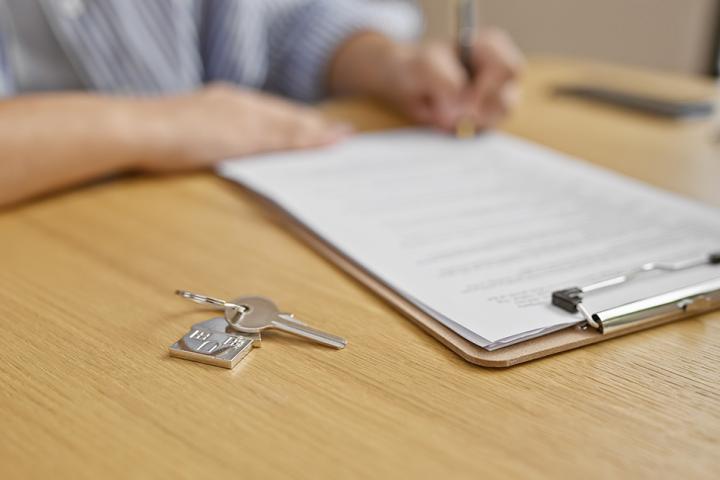Awaab’s Law comes into force: Key legal duties for social housing providers

In December 2020 two year old Awaab Ishak tragically died from a severe respiratory condition that was caused by prolonged exposure to black mould in his home.
Awaab’s death has prompted substantial legislative change in England and Wales, with section 10A of the Landlord and Tenant Act 1985 being introduced.
Ella Johnson, solicitor in our real estate dispute resolution team, explores what social landlords need to consider following the legislative changes.
A brief background
Section 10A of the Landlord and Tenant Act enables Parliament to make regulations requiring social landlords to take action in respect of prescribed hazards within certain time frames. The first set of regulations, the Hazards in Social Housing (Prescribed Requirements) (England) Regulations 2025, have now been introduced. They require social landlords to address all emergency hazards and damp and mould hazards which present a significant risk of harm to tenants within fixed timeframes.
What is changing for social landlords?
These changes came into force on 27 October 2025.
The regulations establish two categories of hazard - significant and emergency hazards. Currently, these relate only to damp, mould and fungal growth.
A ‘significant hazard’ is one that poses a significant risk of harm to the health or safety of an occupier of the social home, which a reasonable lessor with relevant knowledge would take steps to make safe as a matter of urgency, although not necessarily within 24 hours. An emergency hazard is one that poses ‘an imminent and significant risk of harm’ to the health or safety of the occupier in the social home.
The regulations require social landlords to do the following:
- In relation to Emergency hazards:
Investigate any potential emergency hazards within 24 hours and if the investigation confirms emergency hazards, undertake relevant safety works within 24 hours of becoming aware of the hazard. A written summary of the investigation and conclusion must be provided within three working days.
- In relation to Significant hazards:
Investigate any potential significant hazards within 10 working days of becoming aware of them.
Provide a written summary of the investigation to the named tenant within three working days of the conclusion of the investigation.
If a significant hazard is identified, undertake relevant safety work within five working days of the investigation concluding. Further work must be started as soon as possible and within 12 weeks.
More generally:
Preventative and supplementary works to prevent a significant or emergency hazard from recurring should be started within five working days. If steps cannot be taken to begin work within five working days, this must be done as soon as possible, and work must be physically started within 12 weeks.
Secure the provision of suitable alternative accommodation for the household, at the social landlord's expense, if relevant safety work cannot be completed within specified timeframes.
Keep the tenant updated throughout the process and provide information on how to keep safe.
Landlords are legally bound by these duties; attempts to restrict or avoid them in tenancy agreements are void.
What should landlords do now?
In response to the regulations, social landlords may want to consider reviewing internal resources such as:
Training – Employees and subcontractors (particularly those in customer-facing roles) need to have an awareness of the new regulations.
Processes – Compliance with the new regulations needs to be monitored and documented. This may mean introducing regular quality checks or overhauling record-keeping systems to ensure deadlines are met and any ongoing works are completed.
Out-of-hours support – Given that the regulations require social landlords to respond to emergency hazards within 24 hours and follow up with a written report within three days, it is important to ensure there are sufficient levels of support/resources (including out-of-hours support/resources). This is needed to address hazards as and when they arise.
This is just the beginning
The above changes mark the first phase of regulations. Regulations are due to be extended further to include other hazards (excess cold and excess heat, structural collapse, fire and electrical hazards) in 2026. All the remaining Housing Health and Safety Rating System hazards (except overcrowding) are due to take effect in 2027.
If you need advice or guidance on the new regulations, please contact Sarah Barratt using [email protected] or 0191 211 7923.
